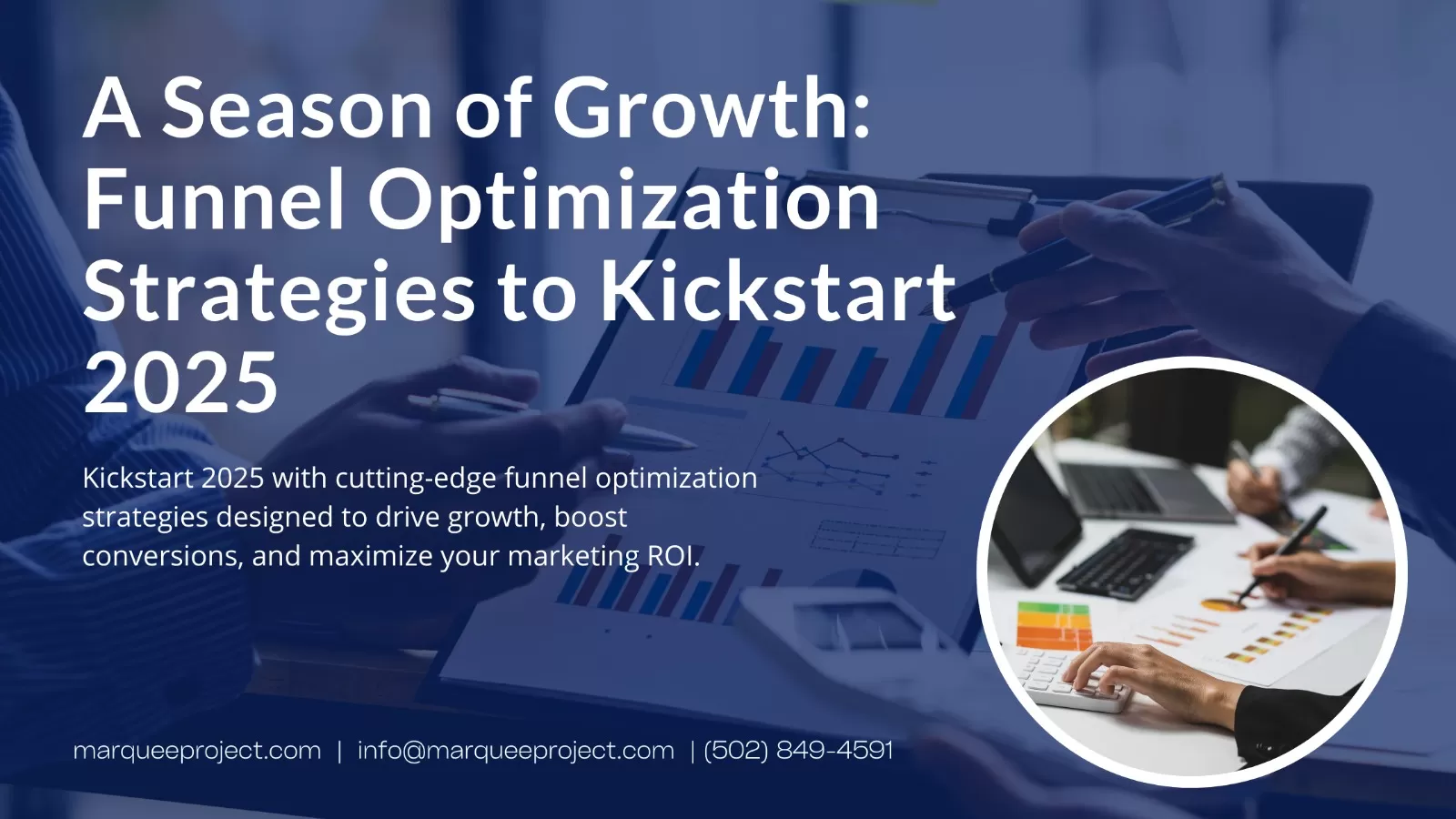As we step into 2025, it's the perfect time for businesses to refine their marketing strategies and enhance their conversion rates. A well-optimized growth funnel optimization strategy is crucial for guiding potential customers from initial awareness to final purchase. In this blog, we'll explore effective strategies for conversion funnel marketing, focusing on conversion funnel optimization and marketing funnel optimization to drive growth in the new year.
Understanding Growth Funnel Optimization
A conversion funnel represents the journey potential customers take from discovering your brand to making a purchase. This journey typically includes stages such as awareness, interest, consideration, and decision. Each stage presents unique opportunities and challenges, making it essential to tailor your marketing efforts accordingly.

1. Analyze Your Current Growth Funnel Optimization Strategies
Before implementing changes, assess your existing growth funnel optimization strategy to identify areas for improvement. Utilize analytics tools to track user behavior at each stage, pinpointing where drop-offs occur. This data-driven approach allows for targeted marketing funnel optimization, ensuring resources are allocated effectively.
2. Segment Your Audience
Understanding your audience is key to effective conversion funnel marketing. Segment your audience based on demographics, behavior, and preferences to create personalized experiences. Tailored content and offers resonate more with potential customers, enhancing the likelihood of conversion. By segmenting your audience, you can focus on the most promising leads, refining your marketing funnel optimization strategy.
3. Optimize Each Stage of Growth Funnel Optimization Strategies
Awareness: At this stage, focus on attracting potential customers through content marketing, social media, and SEO. High-quality, informative content can position your brand as an authority, drawing in a relevant audience.
Interest: Engage your audience with compelling offers, newsletters, and interactive content. Providing value keeps potential customers interested and moves them closer to the consideration stage.
Consideration: Offer detailed product information, case studies, and testimonials to build trust and address potential concerns. Transparency and social proof are powerful tools in this phase.
Decision: Simplify the purchasing process with clear calls to action, easy navigation, and multiple payment options. A seamless checkout experience can significantly reduce cart abandonment rates.
4. Implement Marketing Automation
Utilize marketing automation tools to streamline and personalize communication with potential customers. Automated emails, retargeting ads, and personalized content delivery can nurture leads through the funnel efficiently, enhancing conversion rates. By automating repetitive tasks, you can focus on more strategic elements of conversion funnel marketing while ensuring consistent messaging and follow-up.
5. Test and Iterate
Continuous testing is vital for conversion funnel optimization. Conduct A/B tests on landing pages, email campaigns, and calls to action to determine what resonates best with your audience. Regularly reviewing and adjusting your strategies ensures sustained growth and adaptation to market changes. This iterative process is essential to effective marketing funnel optimization.
6. Enhance User Experience (UX)
A user-friendly website is essential for effective conversion funnel marketing. Ensure your site is mobile-responsive, loads quickly, and offers intuitive navigation. A positive user experience reduces friction and encourages potential customers to move through the funnel. Optimizing the user interface can help improve your conversion rates at each stage of the funnel.
7. Monitor and Analyze Metrics
Regularly track key performance indicators (KPIs) such as conversion rates, bounce rates, and customer acquisition costs. Analyzing these metrics provides insights into the effectiveness of your marketing funnel optimization efforts and highlights areas for improvement. Constant monitoring ensures that your conversion funnel is always operating at its best.
8. Foster Customer Retention
Conversion doesn’t end at the sale. Implement strategies to retain customers, such as loyalty programs, exceptional customer service, and regular engagement. A strong customer retention strategy can lead to repeat business and positive word-of-mouth referrals. By optimizing the post-purchase experience, you can further enhance your marketing funnel optimization and create long-term customer relationships.